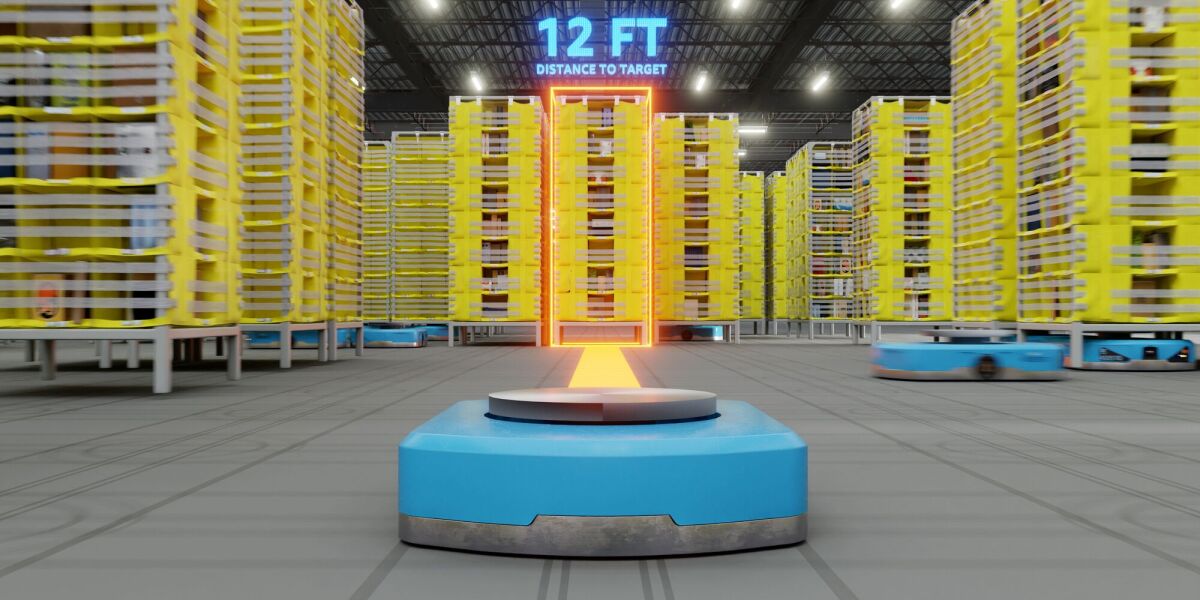The AI tech stack is exactly what it sounds like. These are layers of technologies that work together to bring capabilities to users and companies. It starts with infrastructure at the base, followed by data, models, and then applications at the top, with governance and security woven throughout.
For business leaders, understanding the AI tech stack helps clarify what’s under the hood of AI products and services, making it easier to evaluate solutions, manage risk and spot opportunities for innovation.
Think of the AI tech stack as a car. The infrastructure is the engine and frame, or the hardware that makes everything run. The data is the fuel or electricity, which are needed to generate intelligence.
The driver is the model layer, steering the car and learning to become a better driver over time. The applications are what the car is used for, like going to work, vacation road trips or running errands.
Here are the core layers of the AI tech stack.
1. Infrastructure
At the bottom of the AI stack lies the infrastructure layer, which includes the computing power and hardware necessary to run AI workloads. Think AI computer chips and servers.
This hardware is used to train large language, vision or multimodal models such as OpenAI’s GPT series, Google’s Gemini or Meta’s Llama. Without it, the AI cannot run.
This layer includes:
- AI chips housed in servers. These are computer chips that are built for intense AI processing, including graphics processing units (GPUs) from companies like Nvidia, and tensor processing units (TPUs) from Google. They are used for AI training and inference.
- Storage systems to store training data and model files.
- Networking, or high-speed connections between servers, storage and users to accelerate data movements.
Many companies access AI infrastructure through cloud providers.
2. Data
AI is only as good as the data it is trained on. The data layer includes the collection, storage, labeling and governance of datasets used for training and inferencing.
Key components are:
- Data sources: These include websites, customer databases, social media, books, documents, IoT sensors and others.
- Data storage: Data is kept in data warehouses, data lakes, on-premises in private data centers and the like.
- Data pipeline: Tools to extract, clean, transform and move the data to make it ready for training and inference.
- Data labeling: Marking data to help train the AI model, such as identifying a photo of a dog as “dog.”
- Data governance: Policies to keep the data private to comply with regulations like GDPR in the European Union.
AI models trained on high-quality, relevant and trustworthy data are foundational to any responsible AI deployment.
3. Models
This is the layer where the core intelligence is built. Models consist of algorithms that learn from data and make predictions or generate content. The model layer includes:
- Foundation models: These are large, general-purpose models trained on vast datasets. Examples include OpenAI’s GPT series, Meta’s Llama, Anthropic’s Claude and Google’s Gemini. They are good at general tasks such as text generation or code completion. Particularly innovative foundation models are called frontier models.
- Open-source models: Open-source can be used and modified generally for free, under different licenses with varying degrees of free use. Meta, Mistral and DeepSeek offer open-source models.
- Fine-tuned models: Companies frequently customize foundation models using their own data, typically to specialize in specific industries like healthcare or for certain use cases like legal.
This layer is central to creating and deploying AI for different use cases. While foundation models offer general-purpose uses, fine-tuned models hone their expertise in an area to be more useful.
4. Applications
At the top of the stack is the application layer, or what people see and use. This is where AI models are embedded into products, tools and workflows for employees and customers.
Examples include:
Infused throughout the layers is governance and security, whose tools include risk assessment, model monitoring and audit trails. As AI capabilities become more powerful, so can the risks, ranging from loss of privacy to bias and hallucinations.
For all PYMNTS AI coverage, subscribe to the daily AI Newsletter.
Read more:








 English (US) ·
English (US) ·